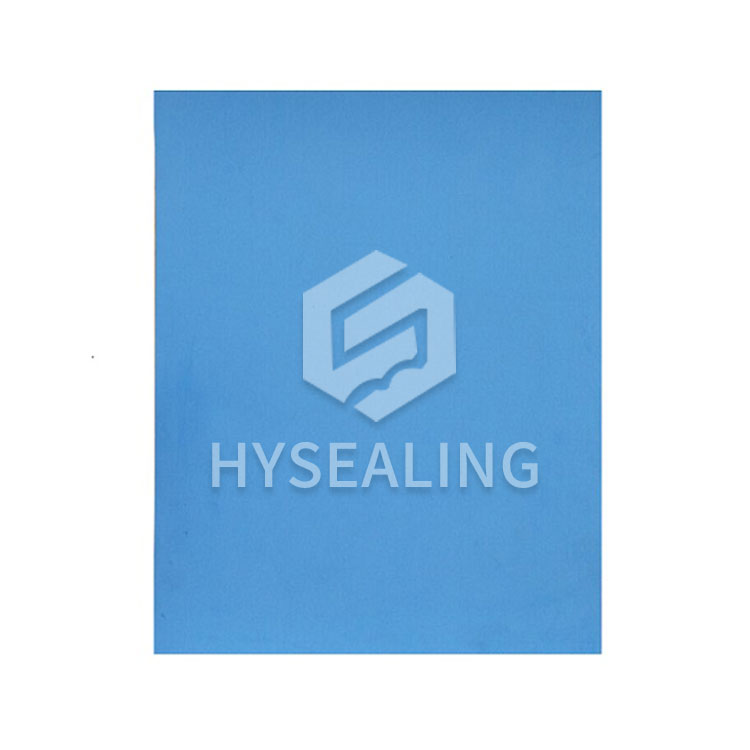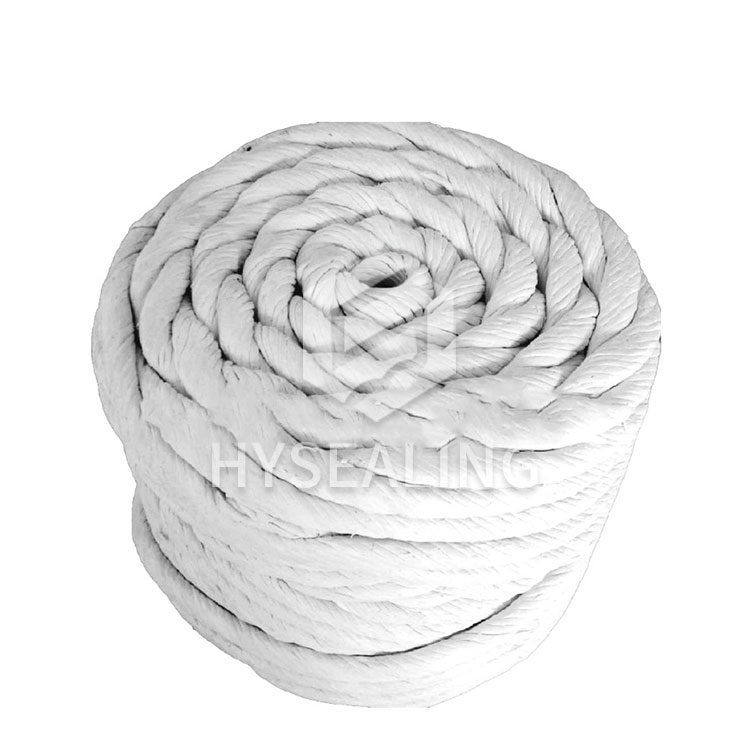PTFE gaskets are used in services where it is necessary to have a high chemical resistance. As with any fluid sealing material there is some overlapping of the individual products. Several materials can be used successfully in the same application. The most popular materials for specific applications, with special characteristics and advantages, are discussed in the following paragraphs.
Structured PTFE Gasket Sheet
To reduce creep a special manufacturing process was developed and implemented for the production of high end PTFE flat gasket sheets. The material is subjected to lamination before sintering, creating a highly multidirectional fibrillated structure. Creep, at both, room and high temperature, is substantially reduced. To meet the chemical resistance needed, different mineral or synthetic fillers are used, like Barite, mineral and synthetic Silica, Barite (Barium Sulphate) or Hollow-Glass-Micro-Spheres. Each filler meets specific service applications, but there is a great similarity of all of them for standard / not critical applications. The most widely used fillers are:
• Barite: a mineral used to manufacture sheets for strong caustic service. It is also FDA compliant. It is one of the most commonly used filler material and covers wide range of service applications, including concentrated acids and general chemical products;
• Mineral Silica: used to manufacture gasket sheets for highly concentrated acids service. Is also used for a general service sheet since it can handle a wide range of applications including mild caustic solutions;
• Hollow-Glass-Micro-Spheres: This filler results in a gasket sheet having high compressibility for use with fragile or glass lined flanges, replacing PTFE envelope gaskets. It is not recommended for either strong or hot caustic service;
Expanded PTFE (ePTFE)
Gasket products expanded in one direction (cords or tapes) or multidirection (tapes or sheets) are being produced this way. Expanded PTFE has excellent chemical resistance; it also exhibits a very high compressibility and is therefore ideal for use with fragile or glass lined flanges. Its main drawback is the handling and installation of large gaskets or where it is not possible to separate the flange faces. It is often used as a replacement for the sheet filled with Hollow Glass Micro-Spheres.







